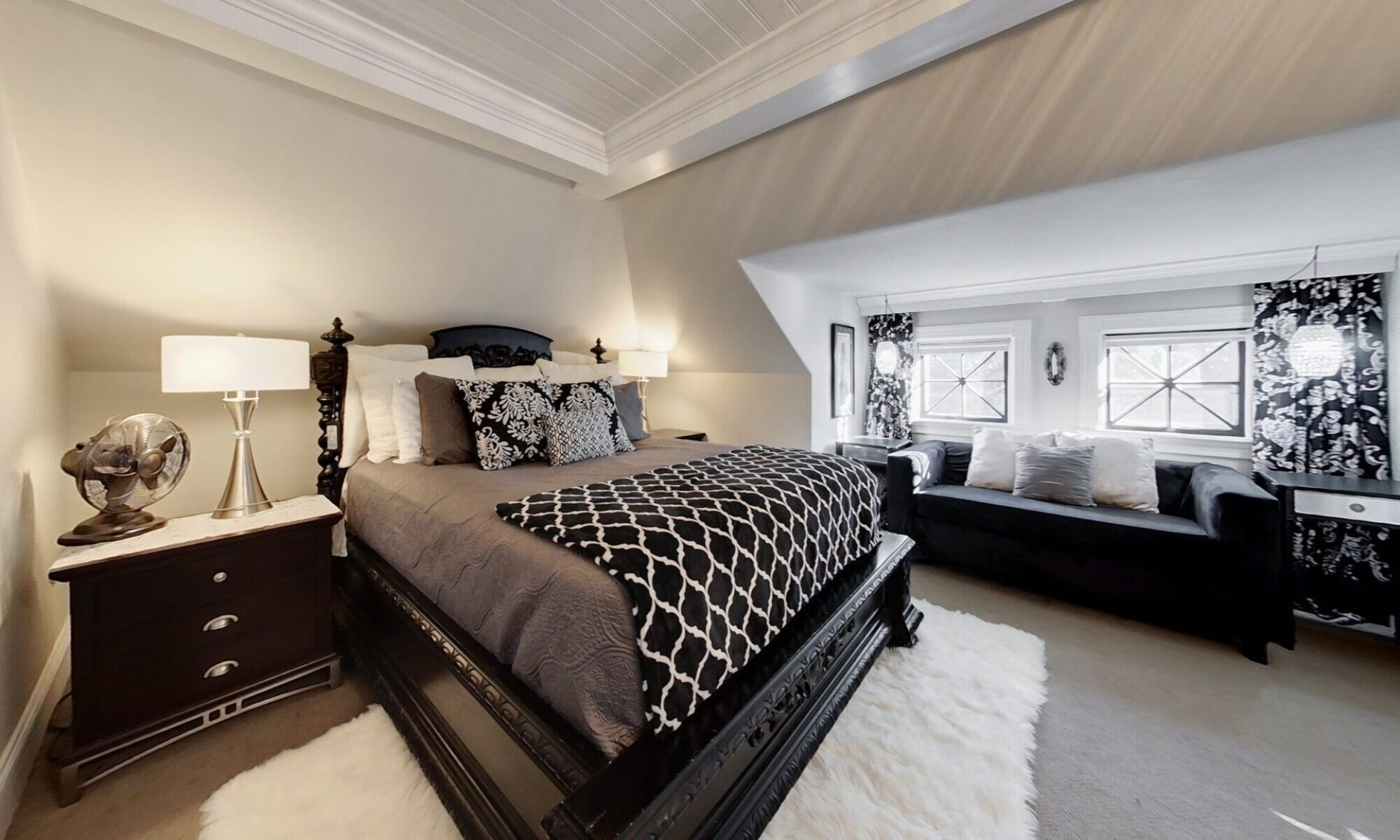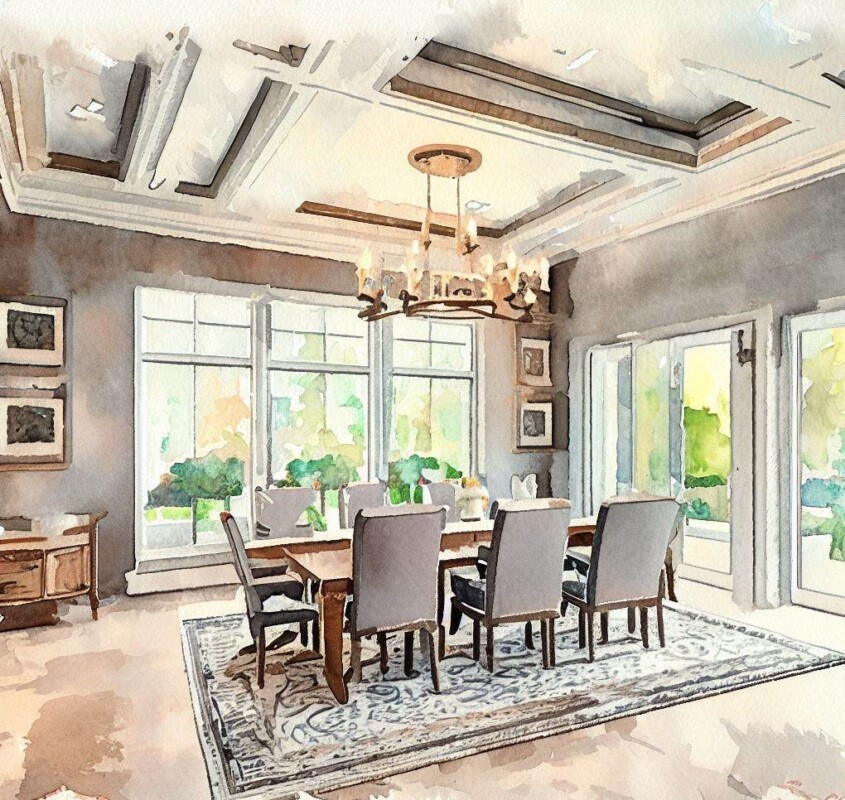Virtual staging is a home staging process where a graphic editor is used to create a simulated, typically photorealistic interior design in a living space. It’s often a more cost-effective, lower-touch, remote alternative to conventional staging for real estate professionals, photographers, and interior decorators.
But what are the pros and cons of virtual staging? How does it work? And is it worth it for your real estate business? In this blog post, we’ll answer these questions and more.
How Virtual Staging Works
Virtual staging is done using professional computer software that allows an editor to add or edit colors, furniture, accessories, lighting, and other elements in a given space. The process usually involves the following steps:
-
- The client provides high-quality photos of empty or cluttered rooms that need to be staged
- The editor selects from a catalog of thousands of furniture items and accessories that match the style and size of the space
- The editor digitally places the furniture and accessories in the photos, adjusting the perspective, lighting, shadows, and other details to create a realistic effect
- The editor delivers the staged photos to the client, usually within one or two business days
- The client can use the staged photos for online marketing, such as listing on MLS, creating a single property website, or sharing on social media.
The Pros of Virtual Staging
Virtual staging has many benefits over conventional staging, such as:
-
- Cost-effectiveness: Virtual staging is typically much cheaper than physical staging, which can cost as much as $1,458 or more per month to furnish and stage the average home. Virtual staging usually costs between $30 and $150 per photo, depending on the service and the number of rooms.
- Speed: Virtual staging can be done quickly and remotely, without the hassle of moving furniture in and out of the property. Most virtual staging services offer a turnaround time of one or two business days12, and some even offer instant results.
- Flexibility: Virtual staging allows the client to choose from a variety of styles, colors, and furniture items to suit the preferences of different buyers. The client can also request revisions or changes to the staged photos if needed.
- Creativity: Virtual staging can showcase the potential of a space, especially if it has unusual features or challenges. For example, virtual staging can help highlight the views, the natural light, or the spaciousness of a room. It can also help hide flaws, such as stains, cracks, or outdated fixtures.
The Cons of Virtual Staging
Virtual staging is not without its drawbacks, such as:
-
- Misrepresentation: Virtual staging can create unrealistic expectations for buyers who may be disappointed when they see the actual property. Some buyers may feel misled or deceived by the staged photos, especially if they are not clearly labeled as such. To avoid this, it is important to disclose that the photos are virtually staged and to provide accurate and honest information about the property’s condition and features.
- Limitations: Virtual staging cannot replace the physical experience of visiting a property and feeling its atmosphere. Some buyers may prefer to see the property as it is, rather than as it could be. Virtual staging also cannot address structural or functional issues that may affect the value or appeal of the property, such as plumbing, electrical, or roofing problems.
- Quality: Virtual staging requires skill and expertise to produce realistic and attractive results. Not all virtual staging services are created equal, and some may deliver low-quality or amateurish work that can hurt rather than help the marketing of the property. It’s important to choose a reputable and professional virtual staging service that can provide samples, testimonials, and guarantees of their work.
Is Virtual Staging Worth It?
The answer to this question depends on several factors, such as:
-
- The type and condition of the property: Virtual staging is more suitable for vacant or cluttered properties that need some visual enhancement to attract buyers. It may not be necessary for furnished or well-decorated properties that already look appealing.
- The target market and competition: Virtual staging can help differentiate a property from other similar listings in the area and appeal to a wider range of buyers. It can also help showcase the best features and potential of a property that may otherwise go unnoticed.
- The budget and timeline: Virtual staging is a cost-effective and fast way to stage a property, especially if the client does not have the time or money to invest in physical staging. It can also save the client from the hassle and risk of storing, transporting, and maintaining furniture and accessories.
Conclusion
Ultimately, virtual staging is a powerful real estate marketing tool that can help sell a home faster and at a higher price – if done properly and ethically! It can also be a fun and creative way to express the personality and style of the property and the client.


